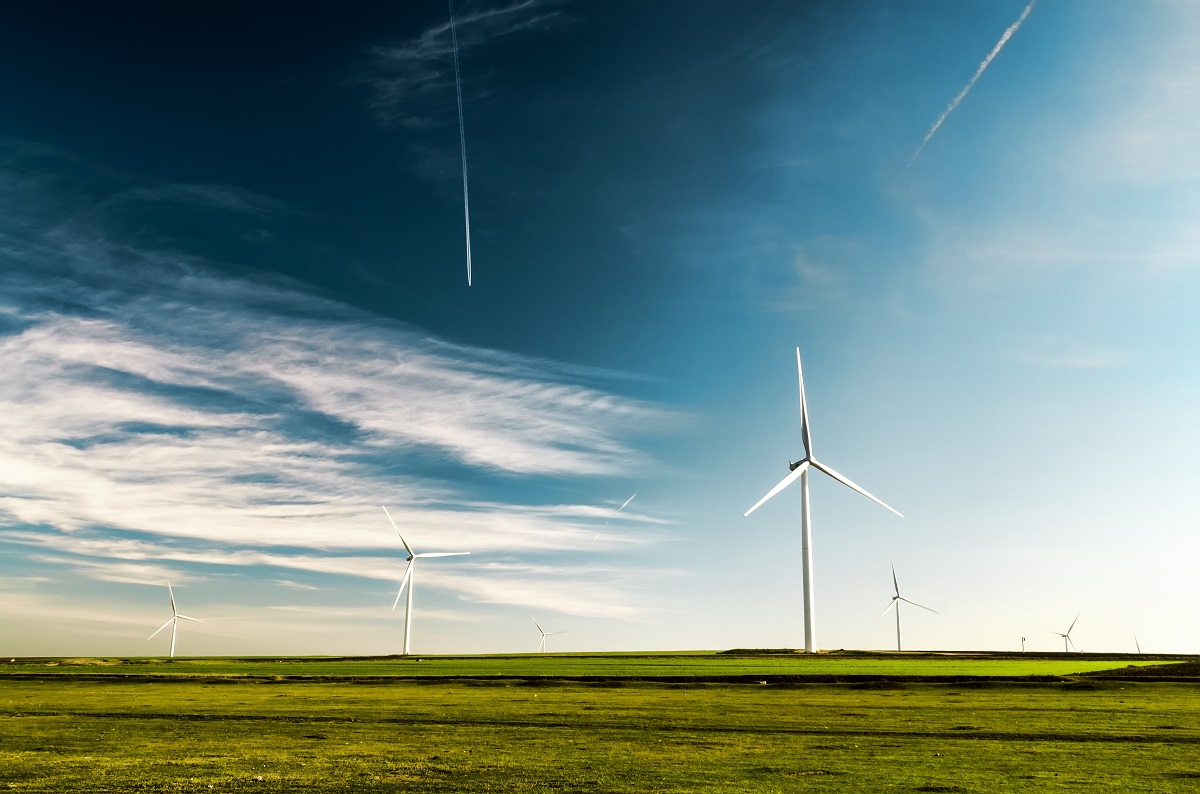Investments in the energy transition last year grew by a significant 27%. The total investment in 2021, in conditions of pandemic and restrictions, was $775 billion. Much of the investment has been in solar parks and wind farms. Some $366 billion has been invested in this sector alone. The growth in this segment compared to last year is 6.5%. Most of them are greenfield investments, which at the same time create new jobs, and increase the demand for materials and technologies necessary for the energy transition.
In terms of structure, last year the investments were focused on energy transition and climate technologies, renewable energy sources, green hydrogen, nuclear energy, and electrification of transport and electric vehicles. The trend of increasing investments in the electrification of transport and transport vehicles is interesting. This sector was the real driver in the total investment portfolio, with a total value of $270 million. The growth in this sector compared to last year is almost ten times higher. This trend indicates the creation of an important link between all segments of the overall energy transition, but also something more than that. Namely, the investments in this segment are diversified and new opportunities are opened. In addition to new production facilities, there is a growing interest in applying new innovative technologies, such as electrification of transport.
This trend is confirmed by the investment in climate innovation, where $165 billion was invested last year, and the capital markets were opened for investments in companies dealing with climate technologies. $40 billion has flowed into the sector through IPOs.
Interest in investing in the energy transition is growing, but it is still far from enough to achieve the desired targets. Analyzes show that new investments of $125 trillion are needed to achieve zero CO2 emissions by 2050.
It is more than clear that according to these projections it is necessary to increase investments in the energy transition. To accelerate this process, support from governments through appropriate policies is needed. But this year, when the world entered a military crisis after the health crisis, it is uncertain whether investments in the energy transition will continue at the same pace as last year.
However, the obstacles that arise from the crisis are at the same time opportunities. Namely, the war in Ukraine increasingly emphasizes the need for greater energy independence, especially for EU countries. Hence, according to some forecasts, this situation will lead to the intensification of the investment process in the energy transition. To ensure reliable sustainability, investments will go in two directions, construction of appropriate infrastructure that will enable greater sustainability and investments in new energy sources that will enable greater decentralization of the energy sector. In the first part, building infrastructure, the support of governments is important. It would also mean less dependence on natural gas, a process that must take place gradually to enable the Green Agenda to be sustainable.
Investments in energy transition this year may show an upward trend if we take into account that the largest single investor in this segment is China. $266 million was invested in the country last year, and compared to 2020, China’s investment in energy transition has grown by almost 60%. It is more and more certain that this trend continues and intensifies. China is interested in investing in large projects in different continents of the world. In Africa, which is a significant market for investors in renewable energy, China is one of the leading investors.
Second on the list of investments in this sector is the United States with 114 billion dollars, followed by Germany with $47 billion. The energy uncertainty that has arisen as a result of the war in Ukraine will certainly be an additional motive to accelerate the energy transition in Europe, and here Germany has the main say. Germany, the Union’s “economic engine,” produced 40% of its energy from renewable sources last year. Given the fact that this country is also most dependent on Russian gas, the interest in continuing and accelerating investment in the energy transition will be a priority.
Investments in the energy transition will be a trend this year as well, and investors are ready to support the development of this sector. The interest of the largest countries in the world will only further increase the attractiveness of joining this process.

